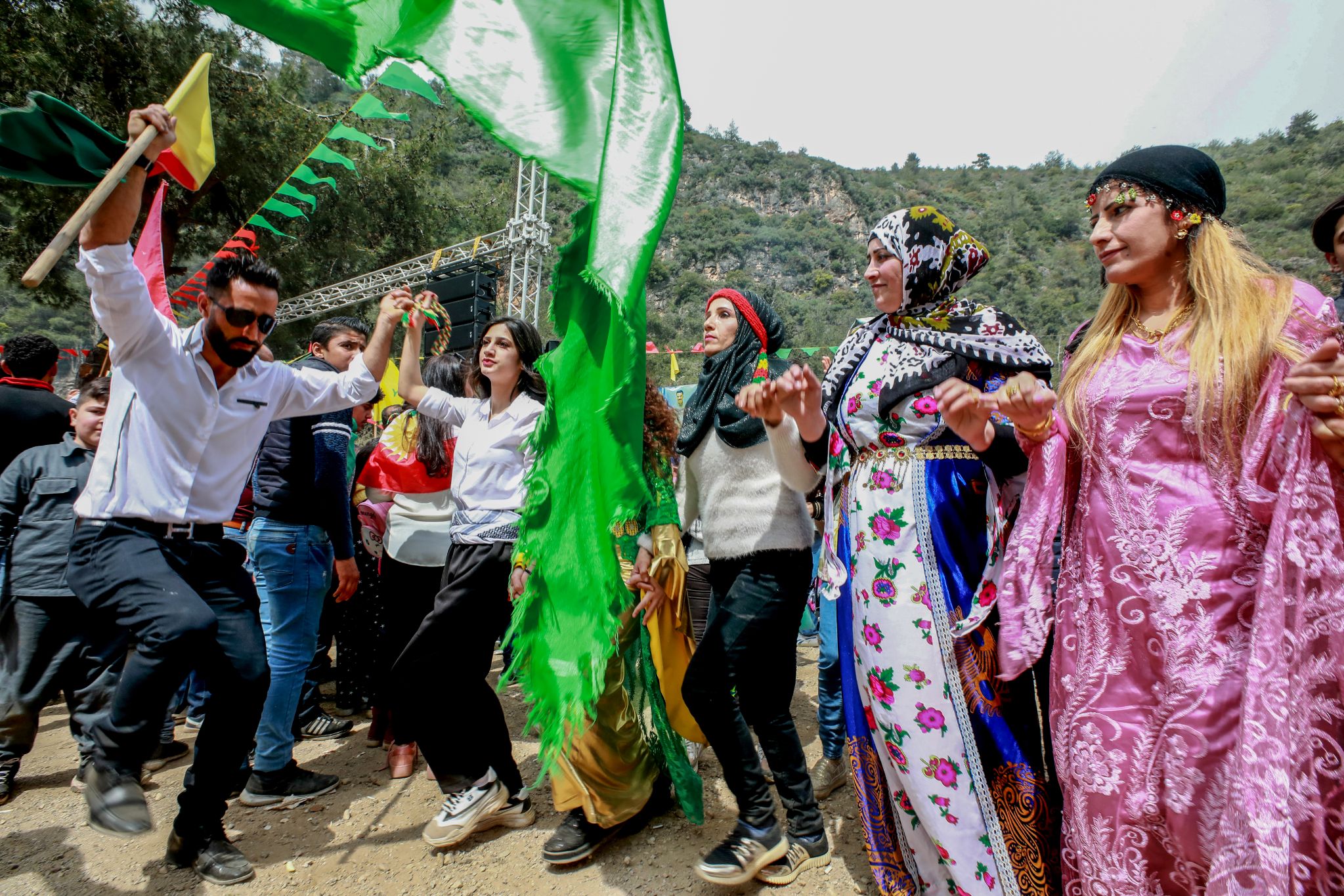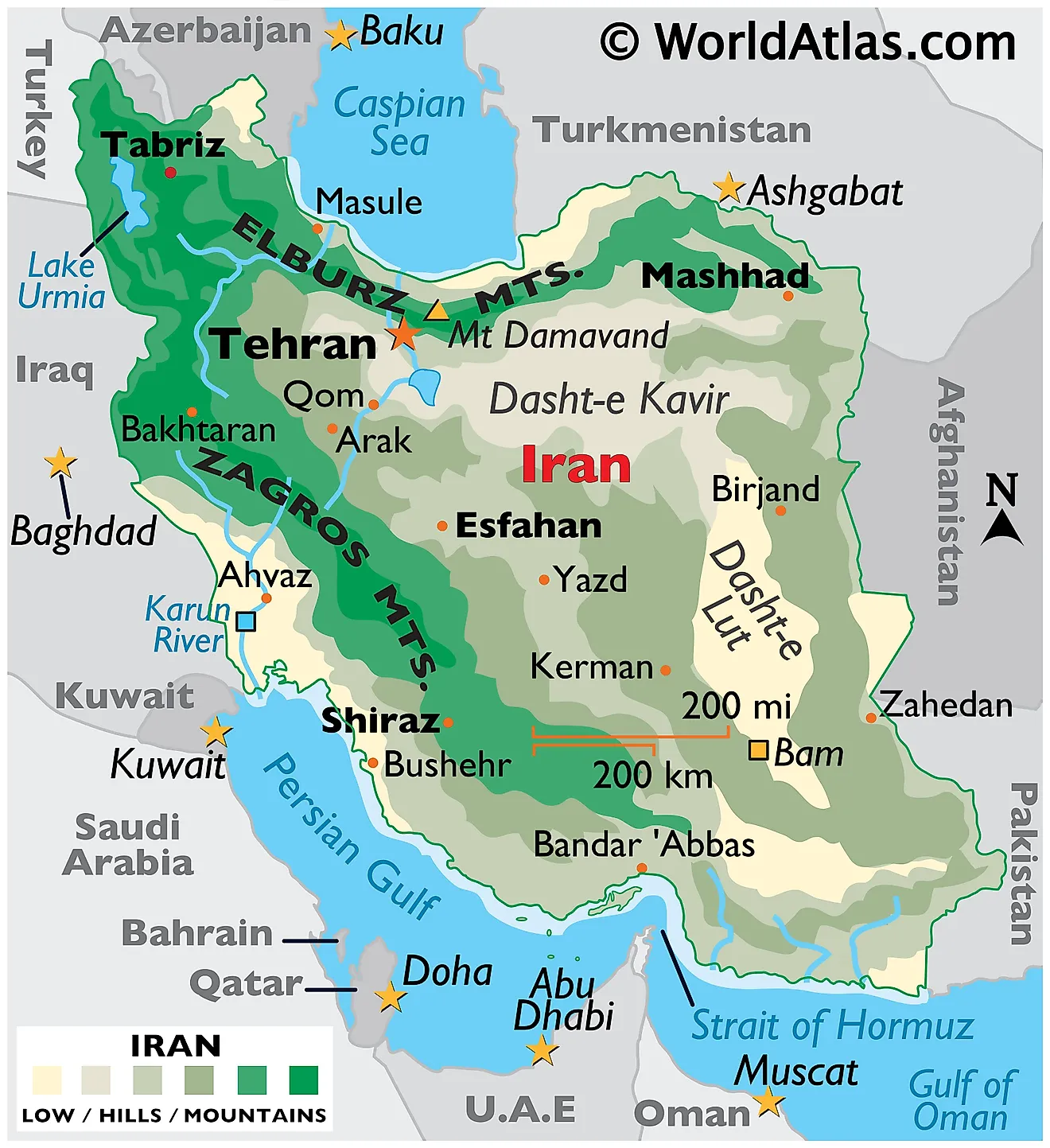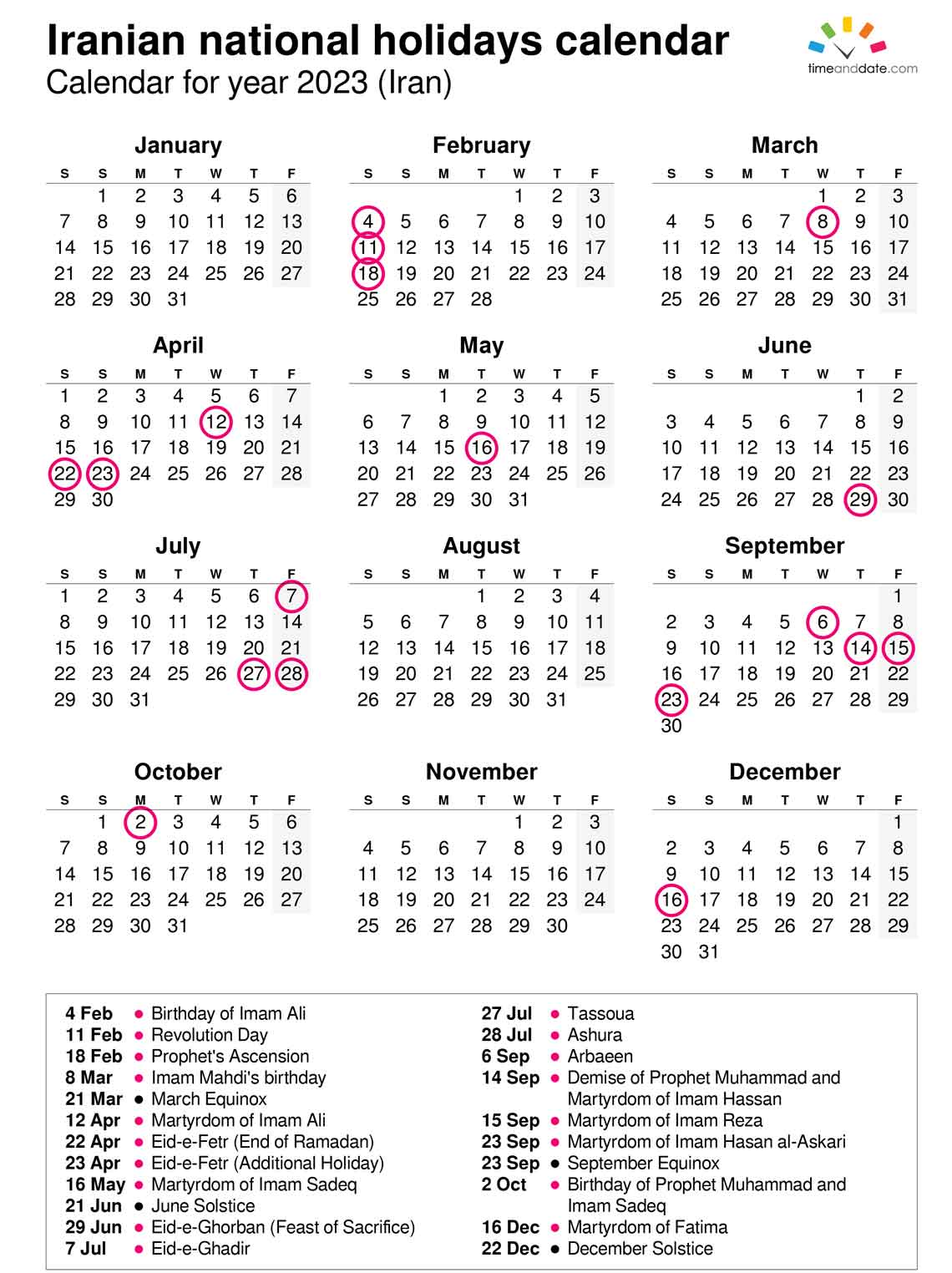What Year Is In Iran? Decoding The Persian Calendar
Have you ever wondered about the calendar system used in Iran, distinct from the Gregorian calendar we commonly use in Western countries? If you've found yourself asking "what year is in Iran?", you're not alone. The answer unveils a fascinating blend of ancient tradition, precise astronomical science, and cultural identity. Unlike many nations that have adopted the Gregorian calendar for all aspects of life, Iranians navigate a unique temporal landscape, primarily governed by the Solar Hijri calendar, also known as the Persian or Jalaali calendar. This intricate system is not merely a way of tracking days; it's deeply interwoven with the nation's history, celebrations, and daily rhythm.
Understanding the Iranian calendar is key to grasping various facets of life in Iran, from public holidays and business schedules to cultural festivities. This calendar, recognized as one of the oldest and most accurate in the world, is a testament to centuries of astronomical observation and mathematical precision. Let's embark on a journey to demystify this remarkable timekeeping system, exploring its origins, its current year, and how it aligns—or diverges—from our familiar Gregorian dates.
Table of Contents
- The Heart of Iranian Time: The Solar Hijri Calendar
- The Precision of the Persian New Year: Nowruz
- Understanding the Iranian Calendar Structure
- How to Calculate the Gregorian Year from the Iranian Calendar
- The Current Year: What Year Is In Iran Right Now?
- The Accuracy Advantage of the Iranian Calendar
- Leap Years in the Persian Calendar: A Masterpiece of Astronomy
- Distinguishing the Solar Hijri from Other Calendars
The Heart of Iranian Time: The Solar Hijri Calendar
The modern Iranian calendar, officially known as the Solar Hijri calendar (or Shamsi calendar), is the official civil calendar in Iran and Afghanistan. This is the primary system used for daily life, governmental affairs, and cultural events. Its roots stretch back centuries, with its current form officially adopted in 1925, building upon a rich legacy of astronomical observation and mathematical refinement. The name "Solar Hijri" itself signifies its two core components: "Solar" because it's a solar calendar, based on the Earth's orbit around the sun, and "Hijri" because its epoch (year 1) is tied to the Hijra, the migration of Prophet Muhammad from Mecca to Medina in 622 CE. This makes it distinct from the Islamic lunar calendar, which is also used for religious observances but operates on a different cycle.
One of the most defining characteristics of the Iranian calendar is its starting point: it begins each year on the vernal equinox. This isn't just an approximate date; it's precisely determined by astronomical calculations for the meridian of Tehran (52.5°E). This commitment to astronomical precision ensures that the calendar remains perfectly aligned with the seasons, a feature that sets it apart from many other calendar systems, including the Gregorian. This exact beginning of the spring season is not just a scientific marker; it's the very soul of the Iranian New Year.
The Precision of the Persian New Year: Nowruz
The first day of the new year in the Iranian calendar is called Nowruz (نوروز), often referred to as the Persian New Year. This isn't a fixed date on the Gregorian calendar like January 1st. Instead, Nowruz begins at the midnight nearest to the exact instant of the northern spring equinox, as determined by astronomic calculations for the meridian of Tehran (52.5°E). This meridian, which also defines Iran Standard Time (IRST), runs about 250 miles (400 km) east of Tehran, emphasizing the localized and precise nature of its calculation.
This astronomical precision means that the start of the Iranian year can sometimes fall on March 20th, 21st, or even occasionally March 19th or 22nd of the Gregorian calendar, though it most commonly aligns with March 21st. The exact moment of the equinox is crucial, and celebrations often begin precisely at that instant, whether it's day or night. This level of accuracy, based on real-time astronomical observations rather than a fixed algorithmic rule, is a hallmark of the Iranian calendar's sophisticated design.
Nowruz: A Global Celebration
Nowruz is far more than just a date on a calendar; it's a profound cultural celebration observed by Iranian people and many other communities around the world. It marks the renewal of nature, symbolizing rebirth and the triumph of good over evil. Families gather, homes are meticulously cleaned, and special meals are prepared. The Haft-Seen table, adorned with seven symbolic items starting with the letter 'S' in Persian, is a central part of the festivities. The widespread celebration of Nowruz underscores its deep cultural significance, extending beyond Iran's borders to countries like Afghanistan, Tajikistan, Azerbaijan, and parts of India, Turkey, and Central Asia.
Understanding the Iranian Calendar Structure
The Persian calendar is a solar calendar, meaning its year length is based on the Earth's revolution around the Sun. It consists of 12 months, but their lengths differ from the standard 30 or 31 days common in the Gregorian system. The first six months of the Iranian calendar each have 31 days. The next five months have 30 days. The final month, Esfand, has 29 days in a common year and 30 days in a leap year. This structure ensures that the calendar accurately reflects the passage of the seasons.
This methodical structure, combined with its astronomical basis, contributes to its remarkable accuracy. The names of the months are often related to seasonal changes or ancient Persian deities, further connecting the calendar to the land and its historical traditions. For anyone trying to understand "what year is in Iran" or planning a trip, knowing this basic structure is incredibly helpful.
How to Calculate the Gregorian Year from the Iranian Calendar
For those accustomed to the Gregorian calendar, converting an Iranian year can seem a bit daunting at first, but there's a straightforward rule of thumb. To calculate the Gregorian year from an Iranian year, you generally add 621 or 622. The exact number depends on the time of the year.
- If the Iranian year is between Farvardin (the first month, starting around March 21st) and the end of Esfand (the last month), the corresponding Gregorian year will be 621 years ahead of the Iranian year until the end of the Gregorian year (December 31st).
- However, because the Iranian year starts in March, part of an Iranian year will overlap with the *next* Gregorian year. So, for dates from January 1st to Nowruz (around March 20th/21st) of a given Gregorian year, the corresponding Iranian year will be the previous one.
A simpler way to think about it: If the Iranian date is *after* Nowruz (roughly March 21st) of a given Gregorian year, add 621 to the Iranian year to get the Gregorian year. If the Iranian date is *before* Nowruz (roughly before March 21st) of a given Gregorian year, add 622 to the Iranian year to get the Gregorian year.
For example, if the Iranian year is 1403 and the date is after Nowruz, the Gregorian year is 1403 + 621 = 2024. If it's early in the Gregorian year 2024 (before Nowruz), the Iranian year would still be 1402. This slight overlap is why online date converters are so popular and convenient, providing the simplest and most accurate online date conversion (میلادی - شمسی).
The Current Year: What Year Is In Iran Right Now?
As of the time of writing (and referencing the provided data "Iranian 1403 calendar"), the current Iranian calendar year is 1403 Solar Hijri (SH). This year began with Nowruz in March 2024. This means that if you were to look at a calendar in Tehran today, you would see dates marked as 1403 SH.
It's important to clarify the "AP" notation sometimes seen, such as "AP 1387" or "AP 2582". "AP" stands for "Anno Persico" or "Anno Persarum," meaning "Persian Year." While this notation refers to a Persian year, the official civil calendar used for daily life in Iran is the Solar Hijri, which is currently in the 1400s. The "2582 AP" mentioned in some contexts might refer to a different historical Persian calendar, such as the Imperial calendar which began with the founding of the Achaemenid Empire by Cyrus the Great. However, for practical purposes and daily navigation, the Solar Hijri (Shamsi) calendar is what Iranians use. So, to answer the question, "what year is in Iran?" for practical, everyday purposes, it is 1403 SH.
The Accuracy Advantage of the Iranian Calendar
The Iranian calendar is renowned for its exceptional accuracy. This precision stems from its direct reliance on astronomical observations rather than fixed rules or approximations. Each year starts on the vernal equinox as precisely determined by astronomical observations from Tehran (or the 52.5°E meridian, which also defines IRST). This method makes it significantly more accurate than the Gregorian calendar in terms of aligning with the true tropical year (the time it takes for the Sun to return to the same position in the cycle of seasons).
The Gregorian calendar, while widely adopted, uses a fixed cycle of leap years (every four years, with exceptions for century years not divisible by 400) to approximate the tropical year. This approximation results in a slight drift over very long periods. The Iranian calendar, by contrast, continuously adjusts its start based on the actual astronomical event, making it inherently more precise in tracking the Earth's orbital period and the seasons. This commitment to real-time astronomical calculation underscores its scientific sophistication and its deep connection to the natural world.
Leap Years in the Persian Calendar: A Masterpiece of Astronomy
Given its astronomical basis, understanding leap years in the Persian calendar is crucial. Leap years are years in which there are 366 days between two Persian New Year’s days, with the final month, Esfand, having 30 days instead of 29. Since the Persian year is defined by the astronomical vernal equinox, the determination of a leap year is not based on a simple arithmetic rule like the Gregorian calendar's "every four years." Instead, it's determined by when the vernal equinox occurs.
The pattern for leap years in the Iranian calendar is incredibly complex and irregular, a testament to its high accuracy. It follows a highly sophisticated 2820-year cycle, which is divided into sub-cycles. For instance, some sub-cycles might have patterns like 29 years, 33 years, 33 years, and 37 years. Within these cycles, leap years occur at specific intervals to ensure the vernal equinox consistently marks the new year. This intricate system ensures that the calendar maintains its alignment with the astronomical year with an error of only one day in 3.8 million years, making it arguably the most accurate calendar in continuous use. This level of precision is a marvel of ancient and modern Iranian scientific heritage.
Distinguishing the Solar Hijri from Other Calendars
When discussing "what year is in Iran," it's vital to differentiate the Solar Hijri calendar from other calendar systems, especially the Islamic lunar calendar.
- **Solar Hijri Calendar (Shamsi):** This is the official civil calendar in Iran and Afghanistan. It's a solar calendar, meaning it's based on the Earth's orbit around the sun. Its epoch is the Hijra (622 CE), and its years are currently in the 1400s (e.g., 1403 SH). It's used for daily life, government, and secular holidays like Nowruz.
- **Islamic Lunar Calendar (Hijri Qamari):** This is a purely lunar calendar, based on the cycles of the moon. Its epoch is also the Hijra, but because it's lunar, its years are shorter than solar years (approximately 354 days). This means its New Year drifts throughout the Gregorian calendar. In the year AD 2011, for instance, we witnessed the start of Persian year 1390, but the start of Islamic year 1432. This calendar is primarily used for religious observances and determining Islamic holidays like Eid al-Fitr and Eid al-Adha.
- **Gregorian Calendar (Miladi):** The internationally recognized solar calendar. While not official for daily civil life in Iran, it is widely understood and used in international business and communication. Iranians, unlike Western countries, navigate multiple calendars, seamlessly switching between the Shamsi for daily life and the Gregorian for global interactions. Online tools that convert between Miladi and Shamsi dates are readily available and widely used, such as the "Iranian date converter & Tabdil sale Shamsi Miladi" mentioned in the data.
This multi-calendar navigation highlights the unique cultural and historical context of Iran. The last significant change to the official Iranian calendar, solidifying its current form, was in 1925, cementing its role as the backbone of Iranian timekeeping.
Conclusion
The question of "what year is in Iran" opens a window into a rich tapestry of history, astronomy, and culture. The Solar Hijri calendar, currently in its 1403rd year, stands as a testament to centuries of precise observation and a deep reverence for the natural world. Its reliance on the vernal equinox, its unique month structure, and its unparalleled accuracy make it a fascinating system, distinct from the Gregorian calendar most of us are familiar with.
Understanding this calendar is not just about knowing a date; it's about appreciating the cultural rhythm of a nation that celebrates its New Year with the rebirth of spring. Whether you're planning a trip to Iran, engaging in business, or simply curious about global timekeeping systems, grasping the nuances of the Solar Hijri calendar provides invaluable insight. We hope this exploration has shed light on this remarkable system. Do you have any experiences with different calendar systems, or perhaps a favorite aspect of Nowruz? Share your thoughts in the comments below, and don't forget to explore our other articles on global cultures and traditions!
Article Recommendations



Detail Author:
- Name : Chadrick Kub V
- Username : terry.breanna
- Email : craynor@gmail.com
- Birthdate : 1971-12-24
- Address : 41454 Tatyana Road Apt. 863 North Caseymouth, UT 96833
- Phone : +1.580.910.7345
- Company : Greenfelder-Lubowitz
- Job : Anesthesiologist
- Bio : Ut possimus qui expedita vero. Ullam quibusdam distinctio ut consequatur nihil. Laboriosam velit odio et. Impedit eum dolores consequatur sed nostrum vero eum et.
Socials
linkedin:
- url : https://linkedin.com/in/onie_hintz
- username : onie_hintz
- bio : Expedita voluptas explicabo rerum sunt cum.
- followers : 5807
- following : 2302
twitter:
- url : https://twitter.com/onie_id
- username : onie_id
- bio : Assumenda a voluptates itaque a. Odio et nam dolorem molestiae aut repudiandae. Voluptas veritatis rerum veritatis omnis.
- followers : 6984
- following : 1009
instagram:
- url : https://instagram.com/onie.hintz
- username : onie.hintz
- bio : Non quisquam amet est quasi. Aut voluptatem sint est ut nesciunt rerum.
- followers : 6010
- following : 2559
tiktok:
- url : https://tiktok.com/@oniehintz
- username : oniehintz
- bio : Delectus sunt eveniet vel ut dolore.
- followers : 6122
- following : 2206
facebook:
- url : https://facebook.com/hintz2009
- username : hintz2009
- bio : Aut suscipit ipsum eveniet dolor. Placeat laudantium nihil et omnis.
- followers : 4448
- following : 2951